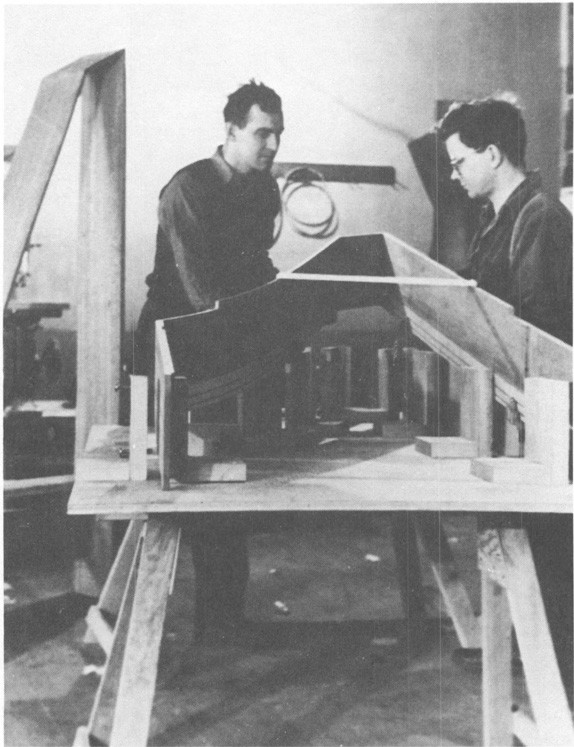Frank Hubbard
Настоящее имя: Frank Hubbard
Об исполнителе:
Frank Hubbard (15 May 1920, New York — 25 February 1976, Wellesley, Massachusetts) was a renowned American harpsichord maker, one of the pioneers of the historical building techniques revival. Lifelong archives of his company, Hubbard Harpsichords, are preserved at the Smithsonian's National Museum Of American History in Washington, DC. Hubbard studied English literature at Harvard University, graduating with his Bachelor's (1942) and Master's degree in 1947. As a student, he became interested in early instruments, constructing a clavichord with his friend and future business partner, William Dowd. In 1947, Frank Hubbard went to the UK to apprentice with Arnold Dolmetsch (1858—1940) in Haslemere, West Surrey, and later trained for a year with Hugh P. Gough (1916—1997) in London. He visited various instrument collections across Europe, studying historical makers. In 1949, Frank Hubbard returned to the USA and established a new workshop with William Dowd in Boston. They made harpsichords and other stringed keyboard instruments strictly according to historical building techniques and methods — unlike virtually all other American makers, like Robert Goble, who produced the XX-century "revival" harpsichords. Public and private collections began commissioning Hubbard & Dowd to restore antique instruments, providing them further opportunities to examine rare builds and the work of old masters. When their teacher, Hugh Dough, immigrated to the USA in 1958, he worked with Hubbard and Dowd for six months before settling in New York City. Two partners split ways later the same year, and Frank Hubbard opened his new workshop on the Lyman estate in Waltham, Massachusetts, while William Dowd established his business in Cambridge. As an amateur luthier and archetier, Hubbard restored antique violins and made early, pre-Tourte bows for violins and viols. Between 1955 and 1958, Hubbard further examined and researched historical instrument collections across Europe, traveling on a Fulbright Fellowship, a CRB Fellowship from Belgium-American Educational Foundation, and a grant from the American Philosophical Society. In 1965, he wrote a seminal book, Three Centuries of Harpsichord Making, published by Harvard University Press and long considered one of the most authoritative and thorough studies of the instrument's history and construction. From 1967 to 1968, Frank Hubbard worked on restoring instruments in the Musée De La Musique collection in Paris. He also lectured at Harvard University and Boston University in the 1970s. In 1963, Frank Hubbard developed a curious DIY kit based on the 1769 Taskin harpsichord, which provided a detailed manual, all components, and wooden parts outlined for correct thickness but still required advanced woodworking skills. Approximately 1000 kits were produced by 1975, and some well-built and maintained DIY Hubbards are still used in recitals and recordings worldwide.




